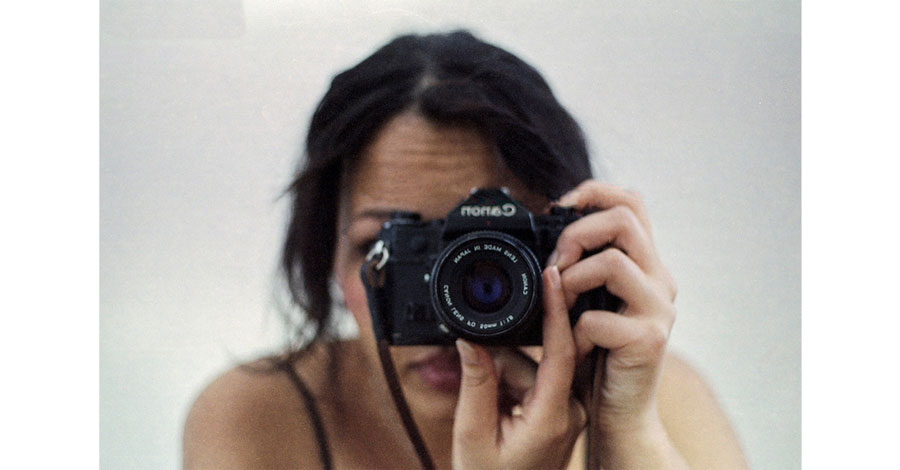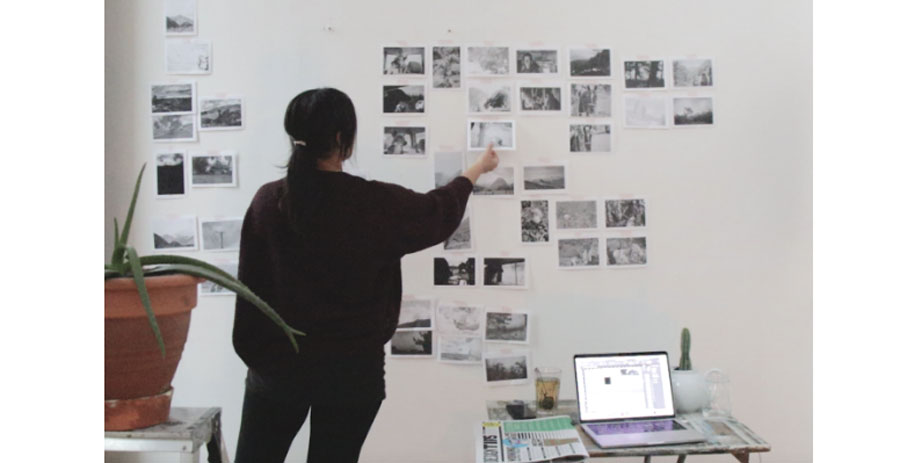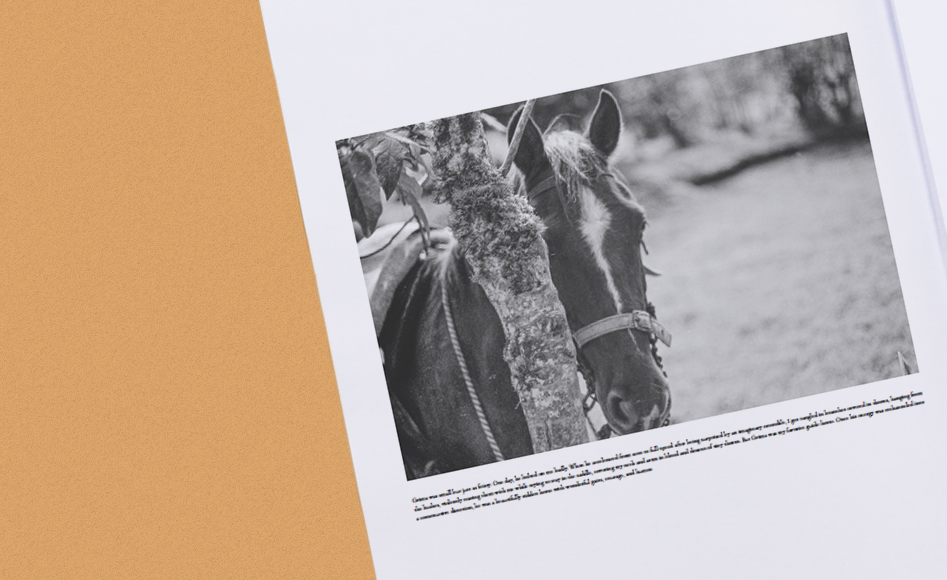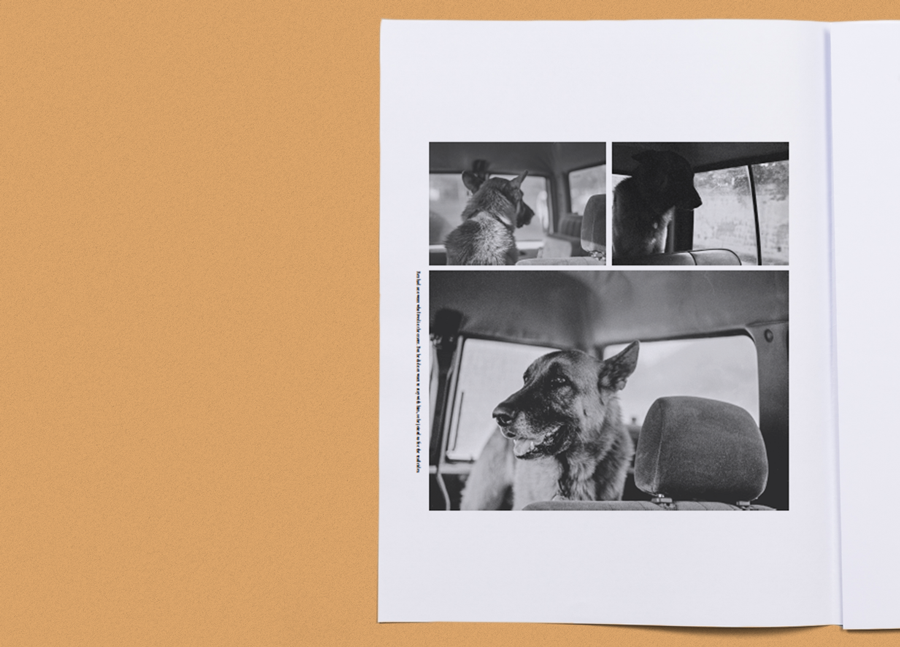How making a newspaper helped an indie record shop find its voice
The first issue of Deluxe was, in Rupert Morrison’s words, “lumpy.” He’s the owner of Drift, an award-winning record shop in Totnes – not...

In 2012, photographer Akosua Viktoria Adu-Sanyah went to Ecuador to work as an equestrian guide in Pululahua, one of only two volcanic craters in the world inhabited by humans. She shot three rolls of film during the trip, but wasn't sure what to do with the images when she got back.
“It took me a long time to see the value in the photographs,” she says.
Recently, she revisited the images and printed them in a digital tabloid zine she titled Pululahua – Cloud of Water. She's selling the zine on her website and using it as a tool to promote her work.

"Producing a zine is a rewarding process,” says Akosua. “It gives you the opportunity to work with your photographs intensively, something many of us may miss in the day-to-day of scrollable grids.”
Below, Akosua shares tips for making and selling a photo zine — from developing a narrative to using it as a tool to grow your audience.

Have a narrative, not a random collection of images.
Print all of your images on affordable paper and sort them into categories. Come up with broad categories, then develop smaller sequences that build the narrative of your project. For shorter projects, it's still worth considering your narrative — even a small collection of images can tell an interesting story.
There’s a setting in Lightroom that allows you to print all the file names alongside the photographs and I recommend you do that. It will help you find your images quickly when you’re creating your digital layout.

Create a physical flatplan.
After printing and sorting your images, create a physical flatplan to visualise your layout. I put my images on the wall with masking tape and clustered them into the categories I’d come up with.
With a physical flatplan it’s easier to build and change the narrative of your project. You will also notice links between images that you may miss if you’re just working on your computer.

Remember the power of words.
Not everyone enjoys writing, but writing is an absolutely necessary skill for photographers. It’s important to contextualize your work and make a statement that invites engagement and conversation. You can keep the text minimal — I put a mix of documentary-style captions and short, personal thoughts throughout the zine.
Whether you pitch an idea to an editor or potential client or prepare a submission for a grant, writing needs to be part of a photographer’s skill set. You can practice it. If you have a hard time doing so, read The War of Art by Steven Pressfield.

Choose the right format.
I originally printed the zine at a local copy shop — I chose an expensive paper and had five copies printed. But I was disappointed. The quality of the paper was great, but it was way too heavy and didn’t suit the project at all. It didn’t convey the right feeling.
A fellow photographer told me about Newspaper Club and I ordered some free samples. When I received them a few days later, I knew I had found the kind of printing company I had been looking for for years. The digital tabloid was affordable, just the right size and newsprint paper complimented the rawness of my analog, monochrome photographs.

Start small with pre-orders.
Newspaper Club makes it easy to print a small run to test the waters. Announce a pre-sale of your zine to avoid over-buying and set a deadline for pre-orders so you know exactly how many zines you need. This does add time to your launch, but prevents you from spending money on zines that don't sell.

Add value to your zine.
Consider producing your zine in a limited edition, which increases the perceived value and incentivizes people to buy. You can also add a high-quality signed print to add value to your zine. Announce the launch of your zine on social media and use it to drive traffic somewhere else — to your website or crowdfunding campaign, for example.
Making a YouTube video about the process of creating your zine (like I did) can help you reach more people. It provides useful information and promotes your project at the same time.
Make your own newspaper with Newspaper Club. Print runs start at 1 copy!
The first issue of Deluxe was, in Rupert Morrison’s words, “lumpy.” He’s the owner of Drift, an award-winning record shop in Totnes – not...
Spring is in the air and a new season of print is upon us! In this roundup, we've got a creative pick-me-up from Papier, a peek behind...
As Newspaper Club’s digital product manager, Billy Whitehouse spends his days helping others bring their print ideas to life. But...